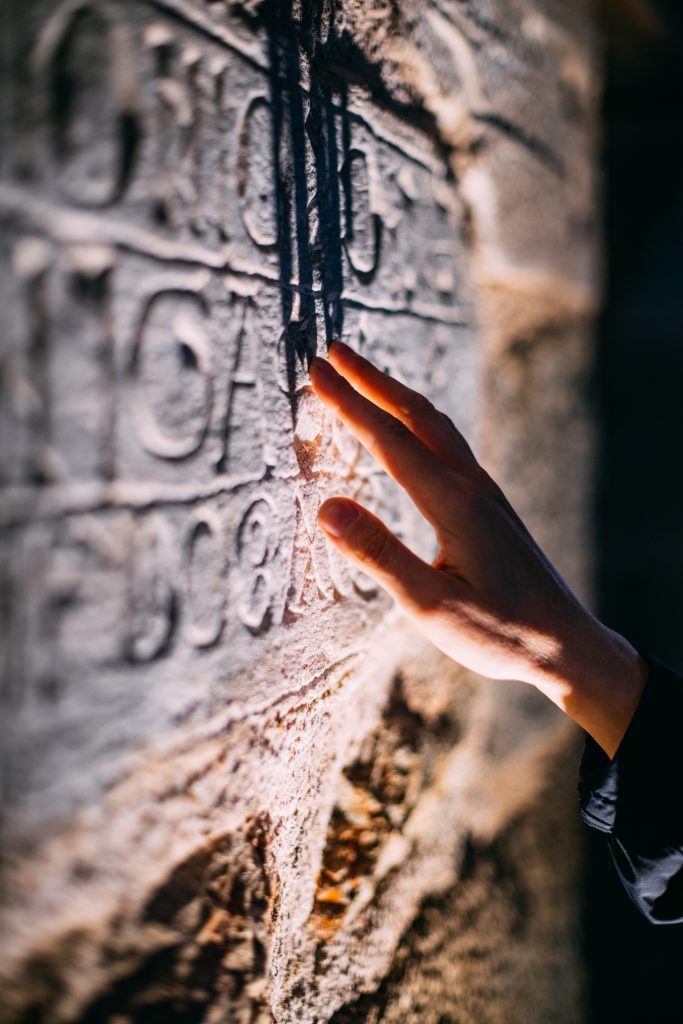
July 16, 2024 — Ph.D. student Lena Dubinsky and Prof. Leore Grosman from the Computational Archaeology Laboratory at the Hebrew University of Jerusalem’s Institute of Archaeology have pioneered a new method to study rock engravings, merging technological and visual analysis to uncover the intricate details behind ancient techniques. Utilizing the in-house developed ArchCUT3-D software, which allows a computational analysis of the three-dimensional traits of rock engravings, the research showcases an innovative approach that provides new insights into the production processes and cultural significance of engravings found in Timna Park, southern Israel.
Historically, rock engravings have been examined primarily through their visual characteristics using comparative and interpretative methodologies. While recent works have focused on identifying production processes, these studies often neglected the visual outcomes. Dubinsky and Prof. Grosman’s research bridges this gap by using computational analysis to integrate both technological and visual aspects, offering a comprehensive understanding of ancient engraving practices.
“We employed ArchCUT3-D software to conduct a detailed analysis of 3-D data from various rock engravings. This method allowed us to extract micro-morphological evidence from engraved lines, decoding technical trends, and variabilities in the execution of these ancient artworks. By examining a specific group of engraved figures, we established a link between the techniques used and the visual considerations guiding them,” explains Lena Dubinsky.
Based on their findings, the researchers propose the term “Techné” to describe the choice of technique that goes beyond mere practicality, encompassing the intentional design and cultural concepts embedded in the engravings. This integrative approach challenges the traditional dichotomy between visual and technological research, presenting a unified framework for understanding ancient production acts.
The study highlights how social structures and individual actions influence production methods, suggesting that the decisions related to technique selection are reflective of broader sociocultural contexts. This perspective offers a richer narrative of ancient engravers’ cognitive and material interactions, providing deeper insights into their cultural and technological environment.
The research underscores the potential of digital tools in archaeological studies. Their methodology not only advances the study of rock engravings but also sets a precedent for exploring other archaeological artifacts. By identifying “techno-visual codes” and the “fingerprints” of engraved complexes, this approach enhances our ability to understand the cultural and technological nuances of ancient societies.
“This study marks a significant step forward in archaeological research, combining advanced computational analysis with a nuanced understanding of ancient techniques and visual styles. It opens new avenues for exploring the interplay between technology and visuality in historical contexts, promising to deepen our knowledge of the past,” says Prof. Grosman.
The research paper titled “Techné of Rock Engravings—the Timna Case Study” is now available in the Journal of Archaeological Method and Theory and can be accessed here.
Researchers:
Lena Dubinsky1,2,3, Leore Grosman1
Institution:
- Computational Archaeology Laboratory, Institute of Archaeology, The Hebrew University of Jerusalem
- Ceramics and Glass Design Department, Bezalel Academy of Arts and Design
- Jack, Joseph and Morton Mandel School for Advanced Studies in the Humanities, The Hebrew University of Jerusalem
Related articles
Post-Terror Attack Challenges Faced by Mothers of Young Children Detailed in New Hebrew University Study
February 12, 2025 – Mothers of young children face profound challenges in maintaining health-promoting activities (HPA) following man-made disasters, including terrorist attacks, according to a new study by Hebrew University of Jerusalem researchers. The study, published in Psychological
Innovative Mental Health Program Equips Clinicians to Treat Trauma
February 5, 2025 – An innovative, three-year program incorporating Cognitive Behavioral Therapy (CBT) and Cognitive Processing Therapy (CPT) to enhance trauma treatment across Israel has trained over 100 therapists in the public health system. The program, jointly managed by the Hebrew
Bias on How People Perceive Their Closest Relationships Uncovered by Hebrew University Researchers
January 24, 2025 – People often misperceive the values and behaviors of their close relationships, believing that they see things the same way, according to a new study by researchers at the Hebrew University of Jerusalem, who have uncovered this fascinating bias. The study, published in the



